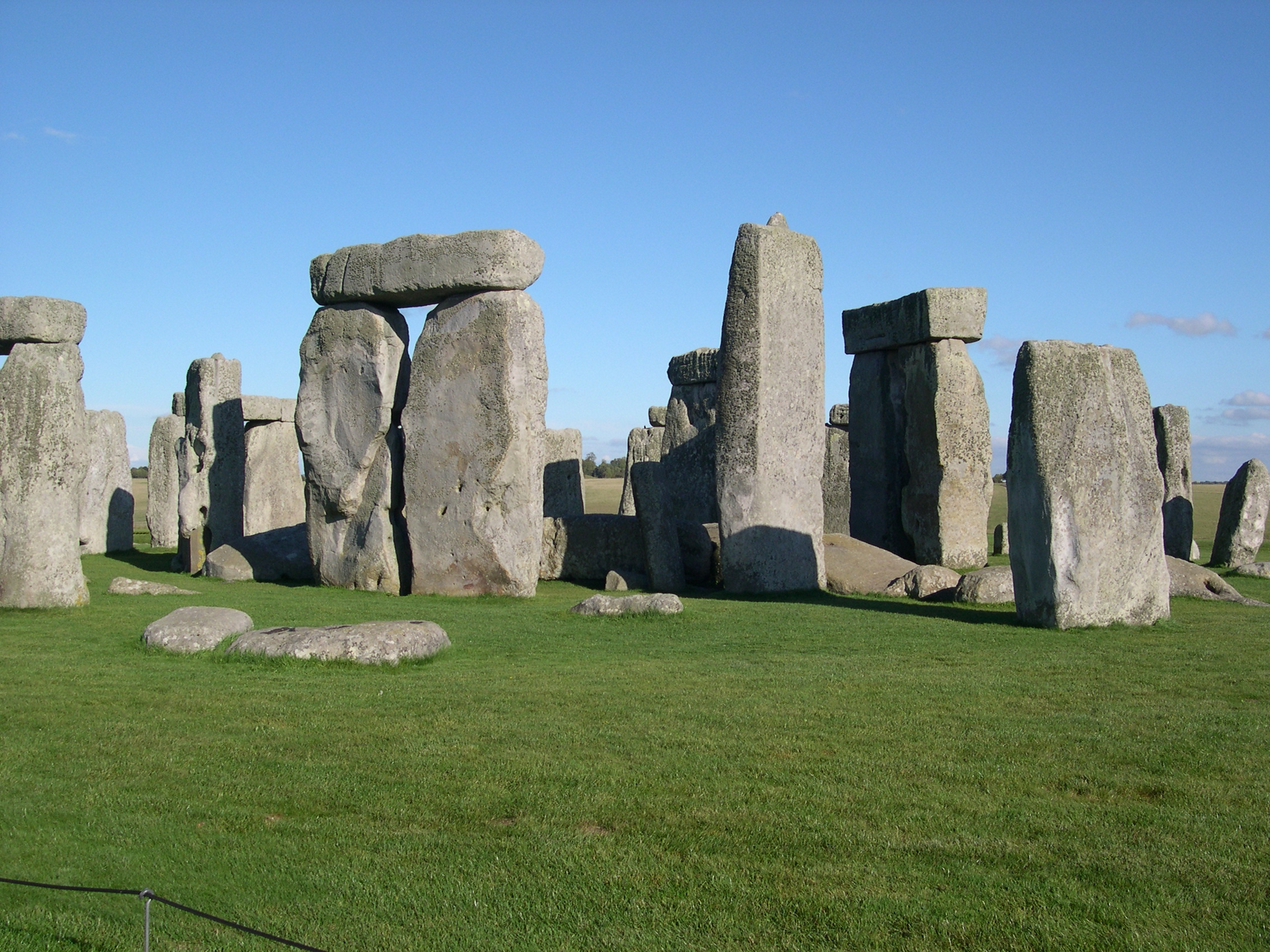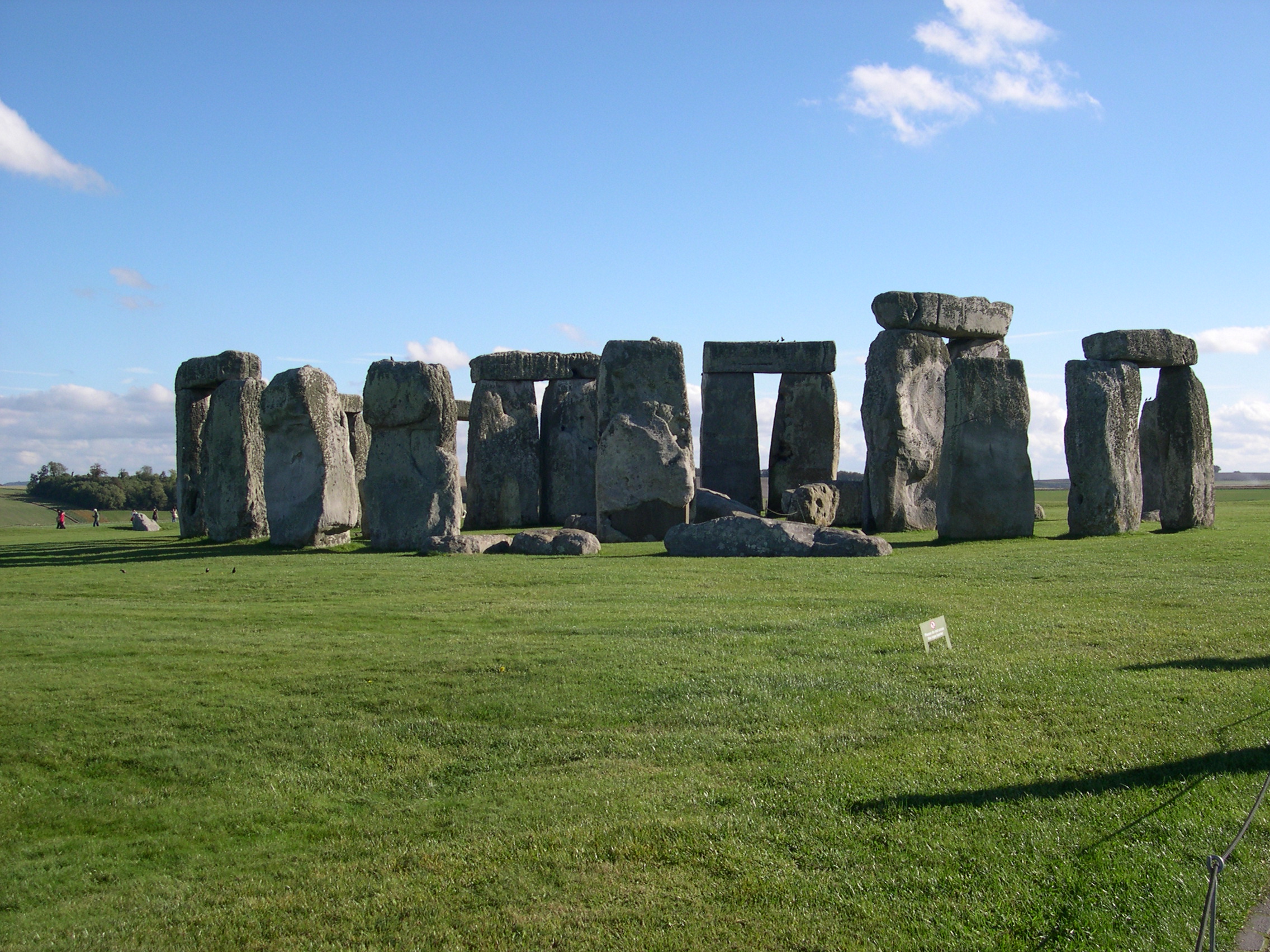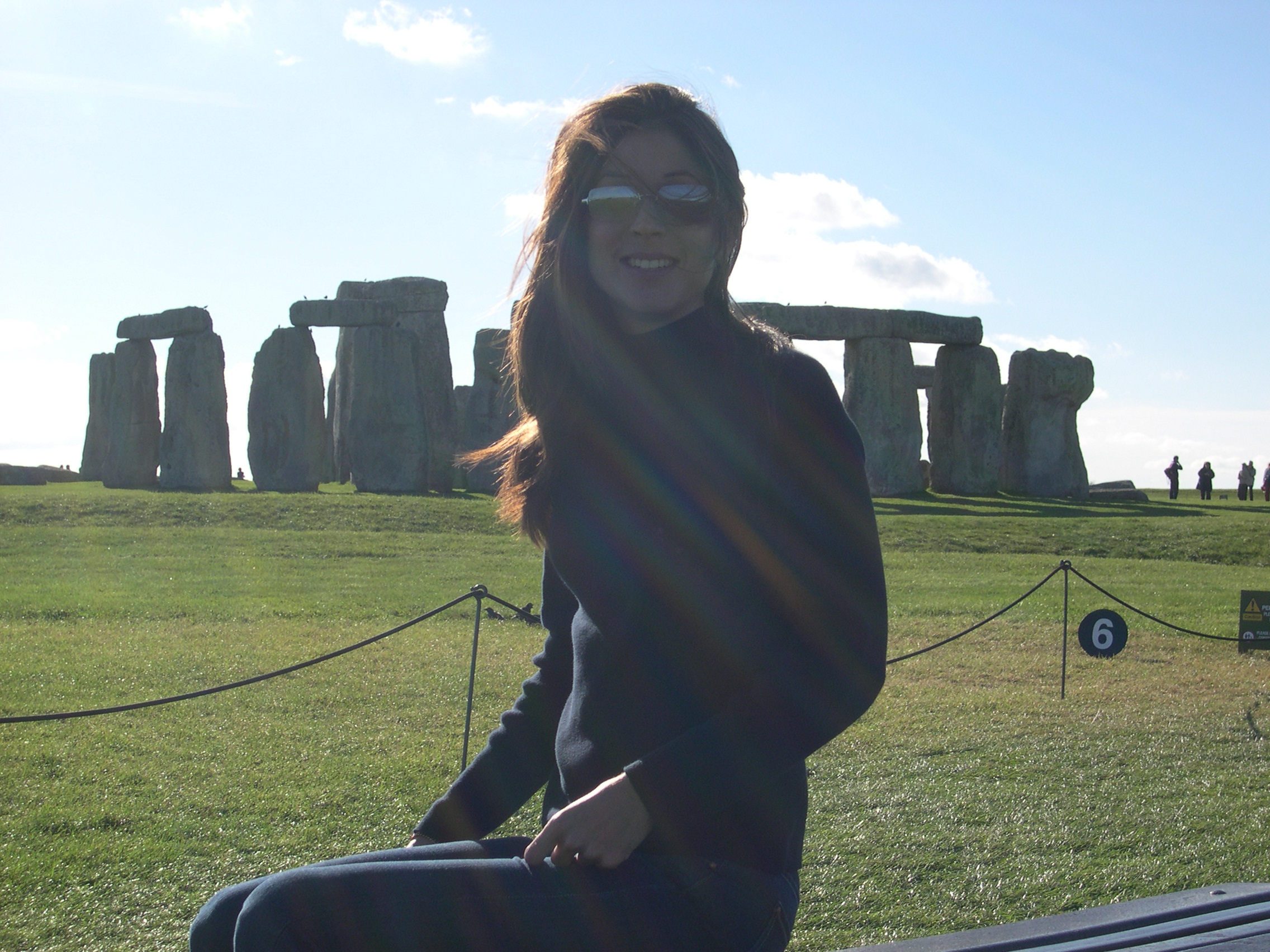Stonehenge is one of the most mysterious and iconic locations in the World.
Just like the great pyramids of Egypt, Stonehenge leaves visitors with wonder and amazement. Why was it built? How was it built? Who built it? While no one knows the answers to all these questions, archaeologists have been able to shed some light on the mystery of Stonehenge over the years.

Since my visit I’ve compiled a list of the top 20 Interesting Facts of Stonehenge to share with you. I hope you enjoy them! This is definitely a place I wish I would’ve researched in more before visiting.
The Mystery of Stonehenge
1) Stonehenge is verified as the most architecturally sophisticated prehistoric stone circle in the world. This significance has secured Stonehenge as one of the Seven Wonders of the Medieval World.
2) Construction of Stonehenge began around 3000 BC. It is believed that building continued by adding and rearranging stones until around 1500 BC.
3) Stonehenge was built at least 180 generations ago. Radiocarbon dating has estimated human skeletal remains found nearby between 3,630 and 3,360 BC giving us scientific evidence of over 200 generations who lived in the area.
4) There are two types of stone used to build Stonehenge, sarsen stone (silicified sandstone boulders) and bluestones.
5) The sarsen stone originated North of Stonehenge in Marlborough Downs, 20 miles away and weighed an average of 25 tons each. However, the bluestones originated in a quarry in Wales about 160 miles away, weighing up to four tons each.

6) The largest sarsen stone, named the Heel Stone, weighs 30 tons. Slightly heavier than the average 25 ton stone in Stonehenge.
7) Some scientists believe the bluestone was carried down to the Salisbury Plain by massive glaciers. But other scientists believe they were moved using a track and ball system.
8) Stonehenge was built at least 300 years before the Egyptian pyramids were built.
9) Some believe Stonehenge was built as a calendar because it was aligned with the midwinter sunset and mid summer sunset.
10) Stonehenge appears to be an early burial ground. Men, women and children were buried at Stonehenge in the late Neolithic period, between about 3000 and 2500 BC.

11) According to radiocarbon dating, Stonehenge was not built by the Druids as earlier thought. In fact, the Druids did not reach the region until over 1000 years after Stonehenge was built.
12) It is estimated that it took at least 30 million hours of labor to build Stonehenge.
13) Stonehenge was actually donated to the nation’s heritage collection in 1918 by private owners, Cecil and Mary Chubb. The Chubb’s purchased Stonehenge at auction for 6,600 £ in 1915. After the donation, Cecil Chubb was awarded a knighthood and was given the name Viscount Stonehenge.
14) Stonehenge has several trilithons. Trilithons are the two large vertical stones with the horizontal stone on top.
15) We still don’t know who built Stonehenge. Based on speculation and archaeological excavations, scientists currently believe it was the Neolithic-aged Britons.

16) In the early 20th century, visitors to Stonehenge could bring chisels with them and carve out a souvenir to take home with them. If they didn’t bring their own, they were given a chisel.
17) Until 1977 visitors to Stonehenge were allowed to climb on the rocks causing a significant amount of erosion over time. As a result, the area is now restricted.
18) Stonehenge has undergone several restoration projects over the last century. Both under the supervision of the National Trust and the previous private owners, the Antrobus family.
19) Charles Darwin studied earthworms at Stonehenge and dedicated a section of his book to this research. Darwin concluded that it was in fact the large earthworm population that caused the massive stones to sink into the ground.
20) We will never truly know who built this magnificent structure or why they built it. While archaeologists work diligently to uncover the mystery of Stonehenge, we must just enjoy it’s beauty for what it is, a beautiful mystery, Stonehenge.


